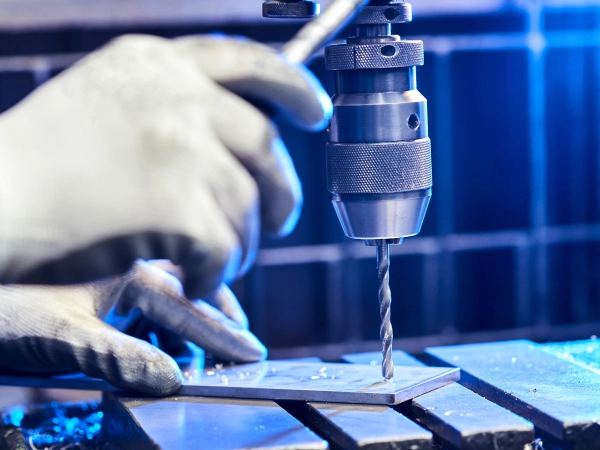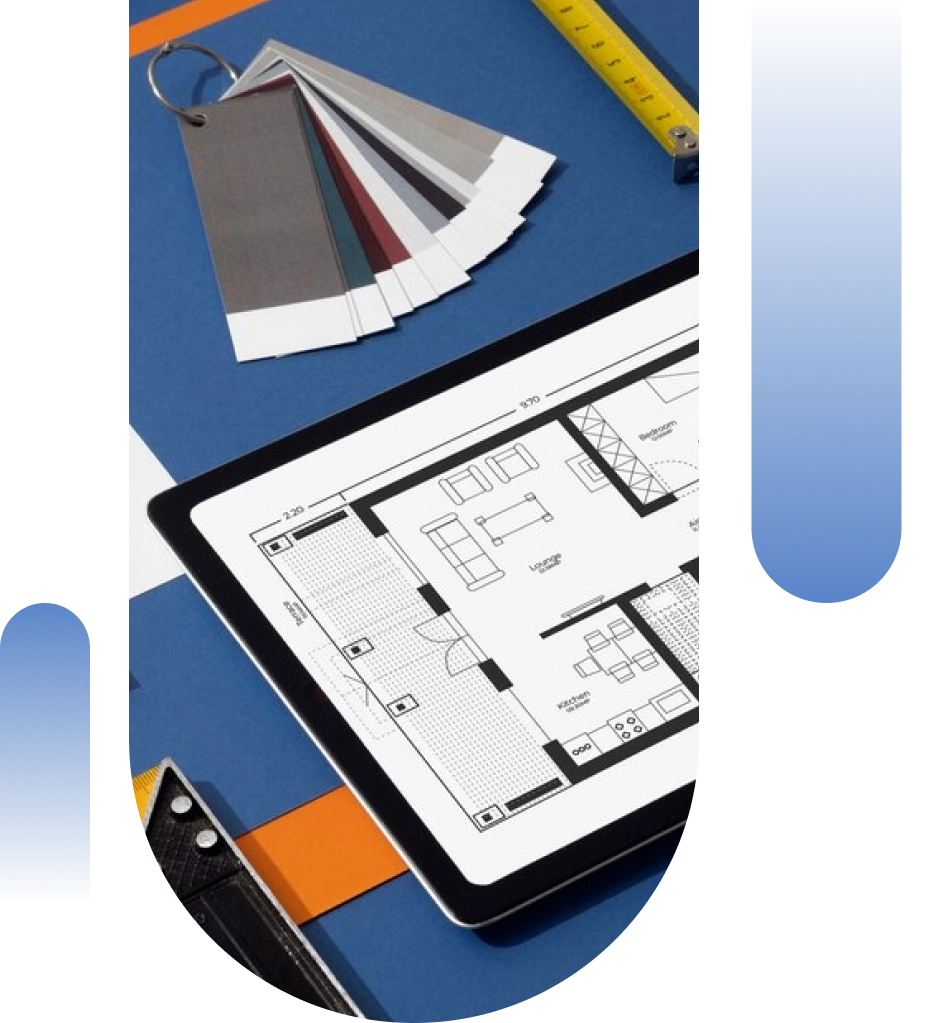SKID STRUCTURE

Understanding SKID STRUCTURE
The production process of secondary batteries involves a variety of materials and complex, precise stages. Among these production processes, the SKID STRUCTURE plays a very important role. It serves as the mechanical base of the battery production line while also functioning as a platform for automation.
The SKID STRUCTURE simplifies shipping and on-site installation by skidifying the layout of equipment. It boasts differentiated technology through a manufacturing method that differs from traditional installation approaches. In this article, we will take a detailed look at SKID STRUCTURE.
The SKID STRUCTURE simplifies shipping and on-site installation by skidifying the layout of equipment. It boasts differentiated technology through a manufacturing method that differs from traditional installation approaches. In this article, we will take a detailed look at SKID STRUCTURE.
What is SKID STRUCTURE?
Typically made from steel or aluminum, it provides a base for installing and arranging the various machinery used in the battery production process. This structure plays a key role in securing flexible connectivity between equipment and facilitating the smooth flow of processes, thereby enhancing overall production efficiency.
Components of SKID STRUCTURE
SKID STRUCTURE consists of various components, including
Frame
Refers to the basic structure of the SKID, which supports the weight of the machinery and ensures structural stability.
Rolling System
A wheel or rail system that makes the movement of the SKID easier. It allows for easy relocation, enabling process changes due to planning adjustments or facilitating work during equipment failures and regular maintenance.
Power and Control Systems
The supply system that provides the power required for battery production and enables automated process control, allowing for rapid and accurate process management.
Hydraulic and Pneumatic Systems
Support the operation of various machinery and ensure stable performance. They perform essential equipment operation checks and inspections to ensure safe operations. Additionally, by eliminating the need to separately deliver materials such as pipes, platforms, and Local PannetL (LOP), they reduce the risk of cargo transportation and minimize on-site installation, thereby adhering to swift construction schedules.
Roles of SKID STRUCTURE
SKID STRUCTURE performs several roles, including:

Process Integration
Integrates various production equipment to optimize workspace and enhance connectivity between processes, thereby maximizing production line efficiency.

Providing Flexibility
SKID structures can be easily relocated as needed, allowing for quick adaptation to changing requirements.

Supporting Automation
By integrating with automation systems, SKID STRUCTURE maintains process consistency and minimizes human errors in manual operations, ensuring a consistent process flow and maintaining production volume.

Enhancing Safety
Designed to securely fix the interconnections and installations of each piece of equipment, ensuring operator safety during work. Additionally, it is equipped with systems that allow for rapid response in emergency situations, maintaining equipment operation.

Manufacturing and Installation by Structure
When SKID is not applied, equipment must be spaced at intervals of 500mm or more for maintenance. However, with SKID application, equipment can be arranged with 400mm spacing. Both PACKAGED SKID STRUCTURE and CONVENTIONAL SKID STRUCTURE can be manufactured and installed.
Application Status of
SKID STRUCTURE
In the production process of secondary batteries, SKID STRUCTURE is applied at various stages. Let’s examine its application status at each stage.

Electrode Manufacturing
During the electrode coating and drying process, the SKID structure is used to facilitate smooth movement and arrangement between equipment.

Assembly Process
In the cell assembly stage, the SKID structure securely and precisely fixes each component, ensuring the efficiency of the overall assembly process while reducing work time and costs.

Inspection and Testing
During the quality inspection stage, SKID STRUCTURE enhances connectivity with testing equipment and automates the inspection process, enabling faster error rate detection and significantly reducing inspection time compared to traditional methods.
Design Methodology of Secondary Battery SKID STRUCTURE
Adopting a modular design approach to achieve flexible configuration and standardization. Additionally, considering structural stability, supports and connections are designed using relatively strong materials like steel or aluminum to ensure strength and stability. For safety considerations, emergency stop devices and safety guards are included within the SKID structure. The work environment is optimized by considering appropriate heights and accessibility. Lastly, effective management of heat generated during the battery production process and sustainable production practices are taken into account.
SKID STRUCTURE plays a critical role in the manufacturing of secondary batteries. It serves as the foundational base equipment structure of the production line, optimizing both efficiency and safety. By integrating various machinery used in the production process, supporting flexible process operations, and maintaining quality through automation, SKID STRUCTURE contributes significantly to the overall quality and performance improvement of secondary batteries. Moving forward, SKID STRUCTURE will continue to play a main role in achieving optimal performance and efficiency, becoming a central structure that drives production innovation in the battery industry.
SKID STRUCTURE plays a critical role in the manufacturing of secondary batteries. It serves as the foundational base equipment structure of the production line, optimizing both efficiency and safety. By integrating various machinery used in the production process, supporting flexible process operations, and maintaining quality through automation, SKID STRUCTURE contributes significantly to the overall quality and performance improvement of secondary batteries. Moving forward, SKID STRUCTURE will continue to play a main role in achieving optimal performance and efficiency, becoming a central structure that drives production innovation in the battery industry.
SKID STRUCTURE plays a critical role in the manufacturing of secondary batteries. It serves as the foundational base equipment structure of the production line, optimizing both efficiency and safety. By integrating various machinery used in the production process, supporting flexible process operations, and maintaining quality through automation, SKID STRUCTURE contributes significantly to the overall quality and performance improvement of secondary batteries. Moving forward, SKID STRUCTURE will continue to play a main role in achieving optimal performance and efficiency, becoming a central structure that drives production innovation in the battery industry.
SKID STRUCTURE plays a critical role in the manufacturing of secondary batteries. It serves as the foundational base equipment structure of the production line, optimizing both efficiency and safety. By integrating various machinery used in the production process, supporting flexible process operations, and maintaining quality through automation, SKID STRUCTURE contributes significantly to the overall quality and performance improvement of secondary batteries. Moving forward, SKID STRUCTURE will continue to play a main role in achieving optimal performance and efficiency, becoming a central structure that drives production innovation in the battery industry.


